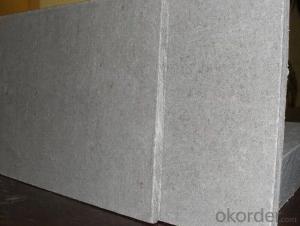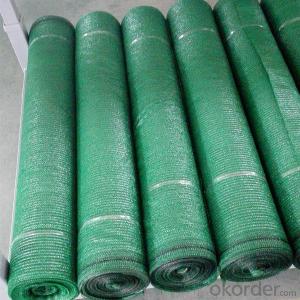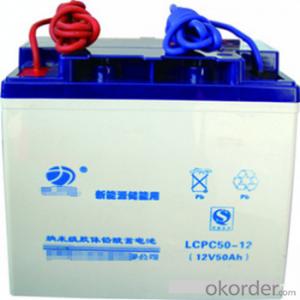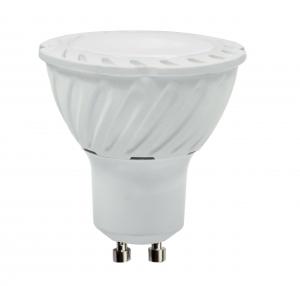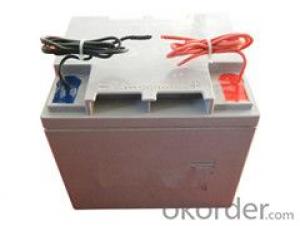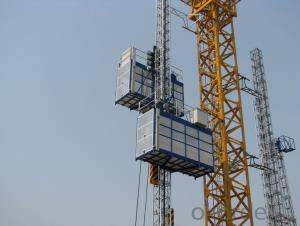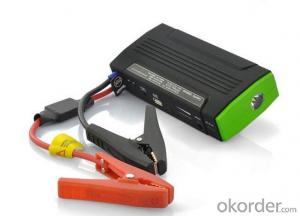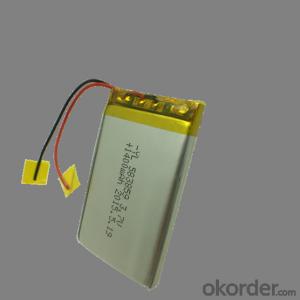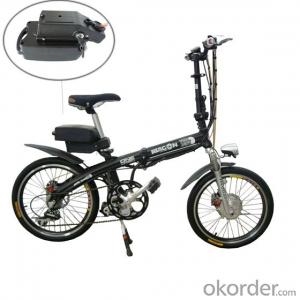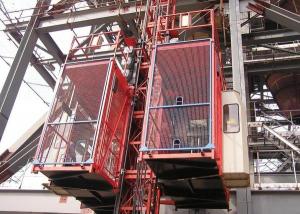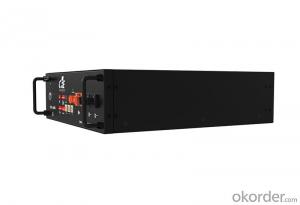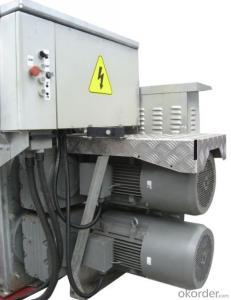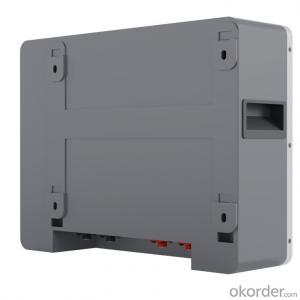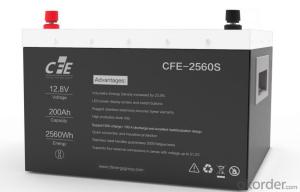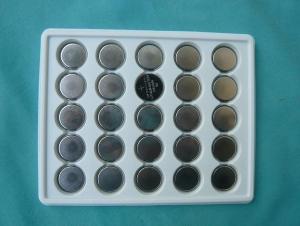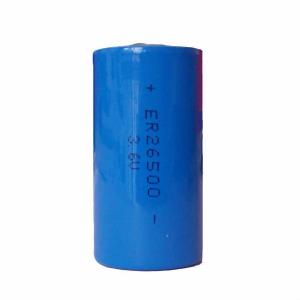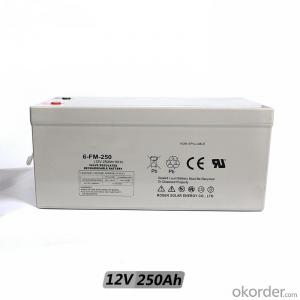100 Ah Lithium Battery
100 Ah Lithium Battery Related Searches
Best Paint For Stainless Steel Blanket Insulation For Steel Buildings Primer For Galvanized Steel Foam Filter For Stainless Steel H S Code For Stainless Steel Surface Grinding Wheels For Stainless Steel Surface Grinding Wheels For Hardened Steel Hole Saw For Stainless Steel Paint For Stainless Steel Stainless Steel For BbqHot Searches
Steel Mesh Panels For Sale Price For Stainless Steel Scrap Scrap Price For Stainless Steel Price For Stainless Steel Stainless Steel Tank For Sale Stainless Steel Sheets For Sale Cheap High Tea Sets For Sale Stainless Steel Tanks For Sale Stainless Steel For Sale High Density Fiberboard For Sale Solar Hot Water Collectors For Sale Scaffolding For Sale In Uae Scaffolding For Sale In Ireland Scaffolding For Sale In Houston Type Of Inverter For Solar Price Of Shipping Containers For Sale Types Of Inverter For Solar Stock Price For Aluminum Used Solar Inverter For Sale Used Foam Board Insulation For Sale100 Ah Lithium Battery Supplier & Manufacturer from China
Okorder.com is a professional 100 Ah Lithium Battery supplier & manufacturer, offers integrated one-stop services including real-time quoting and online cargo tracking. We are funded by CNBM Group, a Fortune 500 enterprise and the largest 100 Ah Lithium Battery firm in China.Hot Products
FAQ
- The environmental impact of solar cells is generally positive. They produce clean and renewable energy, reducing greenhouse gas emissions and dependence on fossil fuels. However, their production does require some raw materials and energy, which can have environmental consequences. Additionally, the disposal of older solar panels may pose challenges in terms of electronic waste management. Overall, though, the benefits of solar cells outweigh their environmental drawbacks.
- Yes, solar cells can definitely be used for off-grid power systems. Solar cells, also known as photovoltaic cells, convert sunlight directly into electricity and can be used to generate power in remote locations that are not connected to the main power grid. These cells can be installed on rooftops, in open fields, or even on portable devices to generate electricity for various off-grid applications such as powering homes, cabins, or other remote facilities.
- Solar cells play a crucial role in powering remote surveillance systems by converting sunlight into electrical energy. They provide a reliable and sustainable source of power, eliminating the need for traditional electrical infrastructure in remote locations. This enables continuous operation of surveillance cameras, sensors, and other equipment, ensuring effective monitoring and security even in areas without access to the grid.
- The duration of installing solar cells on a residential property can vary depending on various factors such as the size of the system, complexity of the installation, and the availability of resources. However, on average, it can take anywhere from a few days to a few weeks to complete the installation process.
- Yes, solar cells can be damaged by hail or other severe weather events. Hailstones can potentially crack or shatter the surface of the solar panels, affecting their efficiency and functionality. Similarly, extreme weather events like hurricanes or heavy storms can cause physical damage by dislodging or breaking the panels, leading to a decrease in their performance. It is important to ensure proper installation and maintenance to minimize the risk of weather-related damage to solar cells.
- Yes, solar cells can be used to power shopping malls. With their ability to convert sunlight into electricity, solar cells can provide a sustainable and renewable energy source for shopping malls, reducing their reliance on traditional power grids and lowering their carbon footprint. Additionally, the large rooftop spaces available in shopping malls make them ideal for installing solar panels, maximizing energy generation potential.
- The impact of solar cell installations on greenhouse gas emissions is significant as they provide a clean and renewable source of energy. By harnessing sunlight and converting it into electricity, solar cells reduce reliance on fossil fuels, which are major contributors to greenhouse gas emissions. Solar power generation produces no direct emissions during operation, thus helping to mitigate climate change and reduce overall carbon dioxide and other greenhouse gas emissions.
- Yes, solar cells can be used in remote sensing applications. Solar cells can generate electricity from sunlight, which can be used to power sensors, data loggers, and communication devices in remote sensing systems. This allows for continuous and self-sustained operation of these systems in remote and inaccessible areas where traditional power sources are unavailable.

